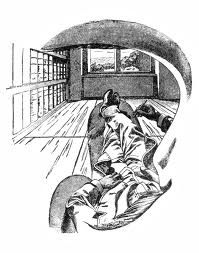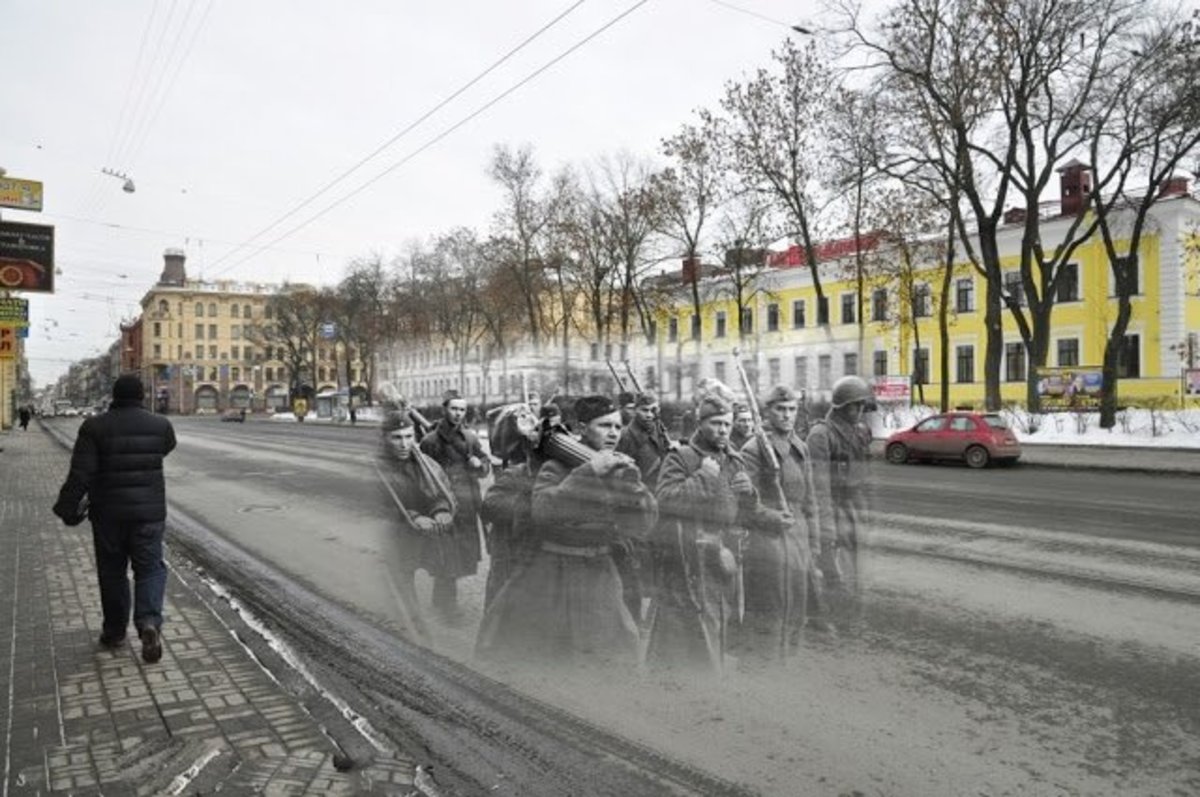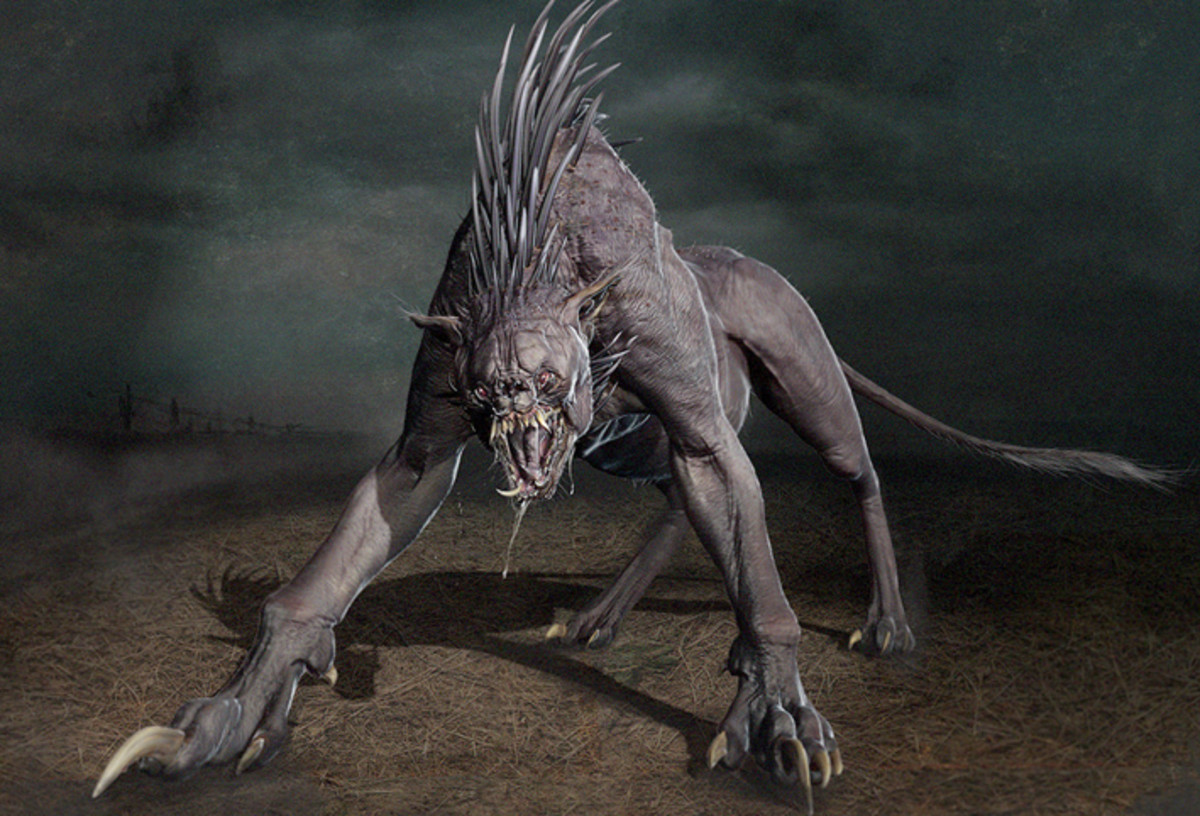Morphic Resonance and the Decline Effect

Morphic Resonance, a concept invented by Rupert Sheldrake in 1981 is still controversial but is being used as an explanation for more and more phenomena. The idea behind Morphic Resonance seems to be that once something has happened it is more likely to happen again. Such a theory is hard to test, especially as Sheldrake's theory postulates that this effect is non-local, that is not subject to the restrictions imposed by the speed of light, which makes Quantum Theory, and Bell's theorem the path needed to link Morphic Resonance to mainstream science.
Unfortunately it is very easy to misapply quantum mechanical concepts in a subtle manner that makes the error hard to detect.
Morphic Resonance has a less controversial negative twin called the decline effect. This basically means that the more something happens the less likely it is to happen again. The decline effect is controversial but less taboo than Morphic Resonance partly because no mechanism has been proposed.
In both cases there is an alleged effect, and, for Morphic Resonance, a controversial mechanism making it less acceptable to mainstream science.
Morphic resonance
Before Morphic Resonance can be accepted it needs to be shown that something that happens once is more likely to happen again. The jury is still out on this. Essentially there is a lot of evidence FOR this effect but never enough to satisfy die hard skeptics, some of whom seem not to have understood Sheldrake's work and misrepresented it in order to deny it [1].
One possible example of Morphic resonance is noted in [2]:
In the 1920s in Southampton, blue tits discovered they could tear the tops of milk bottles on doorsteps and drink the cream. They seldom fly further than 15 miles but soon this skill showed up in blue tits over a hundred miles away. Amateur bird-watchers traced the expansion of the habit. By 1947 it was universal throughout Britain. In a parallel development, the habit had spread to blue tits in Holland, Sweden and Denmark. German occupation cut off milk deliveries in Holland for eight years — five years longer than the life of a blue tit. In 1948 the milk deliveries started again. Within months blue tits all over Holland were drinking cream, a habit that had taken decades to take hold before the war. The initial spread could (just) be attributed to birds learning from each other: though why other species did not learn the trick.
In a Yorkshire town in 2004 Sheep learned to roll across the grids intended to keep them penned in. Again this could be a result of imitation but it is not unique and occurred hundreds of miles away in the Forest of Dean in 2008
Morphic Resonance was also cited in a paper in Paranthropology [3] discussed in [4] where reenactment of a Civil War Roll call elicited a reply recorded on tape but apparently not heard at the time. The universal belief in the efficacy of repeated ritual to bring about changes in the individual and the external world also suggests that the idea of Morphic Resonance is ingrained in the human psyche, though it also tends to manifest as superstition.
Experimental testing for the existence of the effect is hard and plagued by confounding factors, especially when human learning is concerned, though the fact the mathematical competence of the man in the street has not increased after centuries of education counts against it but the Flynn Effect, the documented increase in un-normalised IQ test scores, could support it.
Nevertheless there is enough informal evidence for morphic resonance that the effect cannot be dismissed easily. However until a convincing mechanism can be found it is unlikely to be accepted, just as the need for hand washing and general hygiene in hospitals was not accepted, despite the evidence in favour of it, until the germ theory of disease was accepted.
The decline effect
Morphic Resonance has a less controversial negative twin, the decline effect, which arises in fields from Medicine to Parapsychology. The Decline effect says that once something has happened the likelihood of it happening again decreases. Ashton [5] Cites the case of Schooler's discovery that verbally describing an event leads to poorer memory of the event, replications of which showed the effect getting smaller and smaller with each replication. He also notes that the effectiveness of certain drugs on first time users has declined, in some cases by 50%, from their effectiveness in the original studies.
Perhaps most informative of all is the decline effect in Parapsychology where ESP subjects show a decline in ability as they participate in more and more trials. Schooler conducted an ESP experiment similar to experiments conducted by Daryl Bem and found a decline effect, but Bem found no decline effect when conducting nine tests with different methods, but later researchers who tried to replicate Bem's work found a decline effect.
Perhaps the most spectacular example of the decline effect is the cure in 1951, by hypnosis, of a case of a rare congenital disease where the skin is unable to produce oil because the oil producing glands do not exist. The doctor was able to improve the cure but with less effect and later the patient became uncooperative.
Speculation: Filter theory, Cosmic Boredom, Psychological needs
Morphic resonance and the decline effect could be two aspects of the same phenomenon or two different things. Either way the two could compete with one or the other winning out or the two reaching a steady state. The author noted a similar phenomenon in their PhD research on Dielectric relaxation which involves two competing processes, one dominant at short times, and one at long times, plus the action of the environment which becomes dominant around the time the two other processes cancel each other out.
Sheldrake's postulate of Morphogenetic fields feels wrong and is arguably not needed. There is some confusion in the simpler accounts available on line between the “morphic field” of a species and Jung's “Collective unconsciousness”.
If (big if) the filter theory of consciousness [7,8] is at all correct the brain selects experience from a universal consciousness. In order to be able to communicate with each other entities need a fairly “hard” reality not too easily influenced directly by mind (which might explain why PK is a weak effect, though one can envisage a reality in which PK is strong that is still stable enough to form a stable communal world). This might entail that one brain experiencing X would make it more likely that others would select X, possibly via downward causation from universal consciousness.
Sheldrake has floated the possibility the universe is a giant organism and both effects could be the organisms response to novelty, first interest then boredom. Another possibility for the decline effect is the build up of skepticism, though this would not apply to the decline in the effects of various drugs.
Another possibility is that, with drugs, the disease satisfies the psychological needs of patients and the decline is a way the unconscious reserved the needed disease. Similar things happen in the treatment of impotence: there is a tendency for treatments to become ineffective. If the impotence is a result of a relationship problem the mind will find a way round the effects of a treatment that affects the body without resolving the problem.
The wrap
Morphic resonance and the decline effect are both controversial. Both are supported by experimental evidence that is disputed. The mechanism of the decline effect could be that the universe first becomes interested then loses interest. Much more research is needed together with clarification of terms and hypotheses.
Further reading
[1]The AntiSheldrake Phenomenon by Ted Dace
[2] Who is pulling your chain? Or Morphic Resonance for beginners
[3] Soundscape and the Culture of War on an American Civil War Battlefield: An Ethnography of Communication with Past Presences John G. Sabol Paranthropology Volume 3 Number 2 April 2012
[4] Ritual, Reenactment and Morphic Resonance.
[5] Cosmic Habituation: William Ashton, Fortean Times, April 2013 page 52
[6] An Introduction to Biofield Science
[7] The Filter Theory of consciousness
[8] A Paradigm-Breaking Hypothesis for Solving the Mind-Body Problem, Bernardo Kastrup, Paranthropology 3 (3) July 2012 page 4



